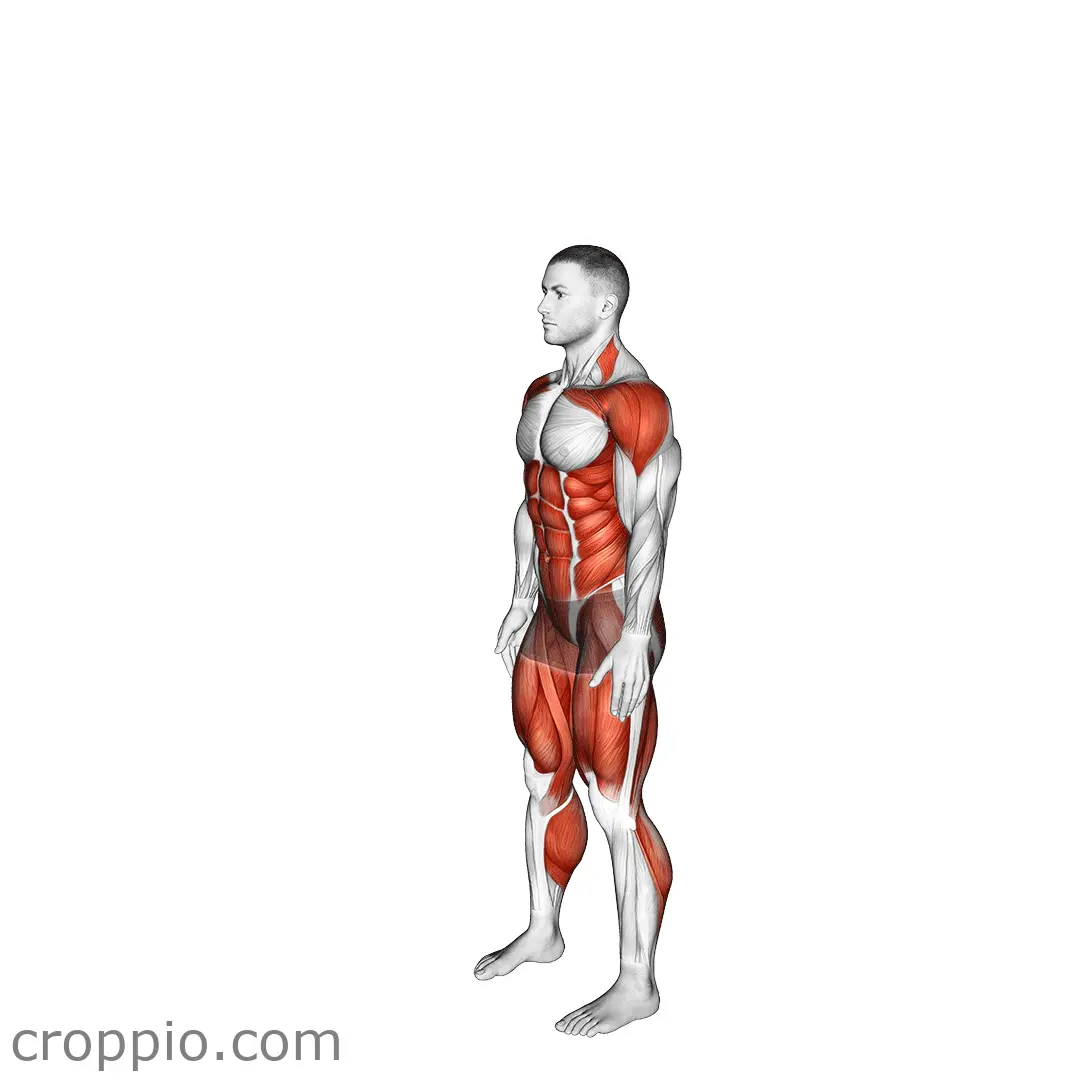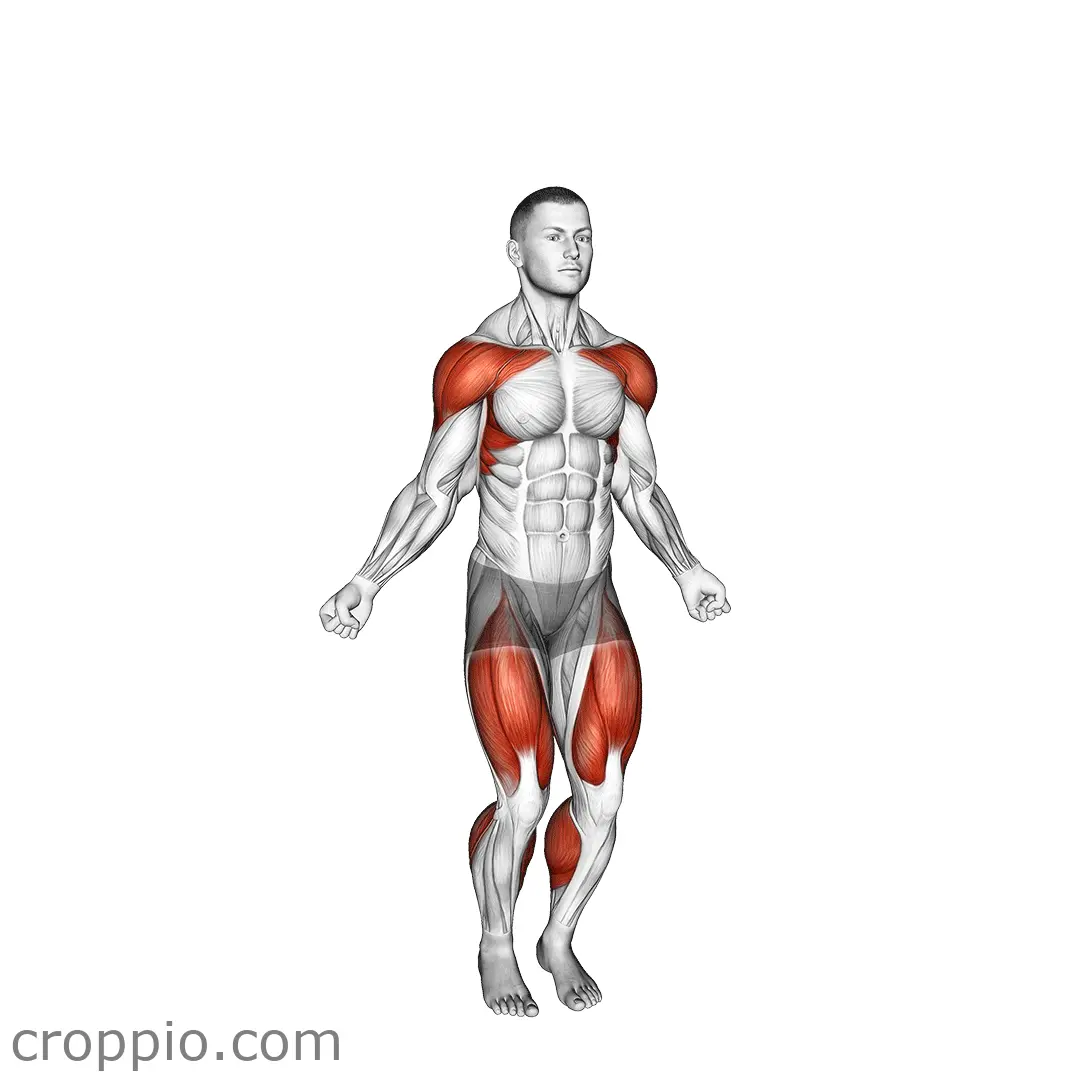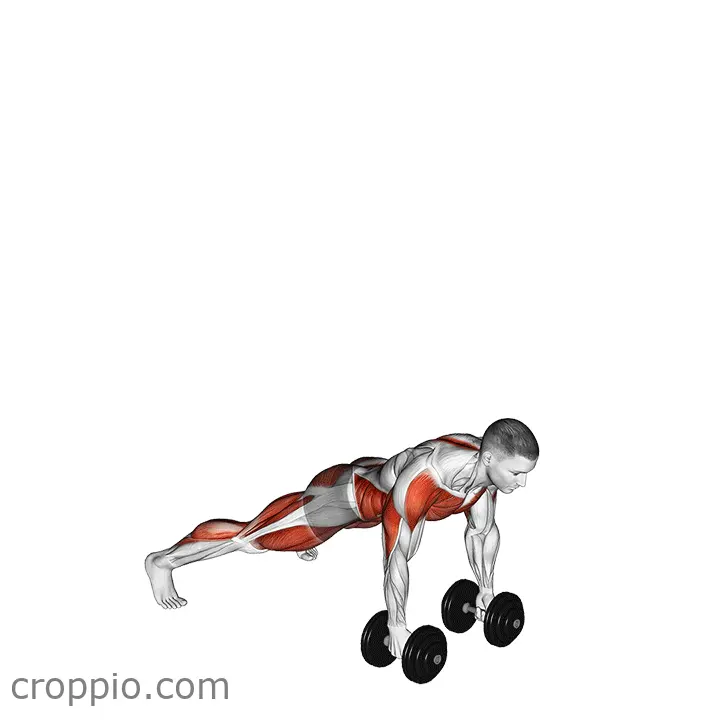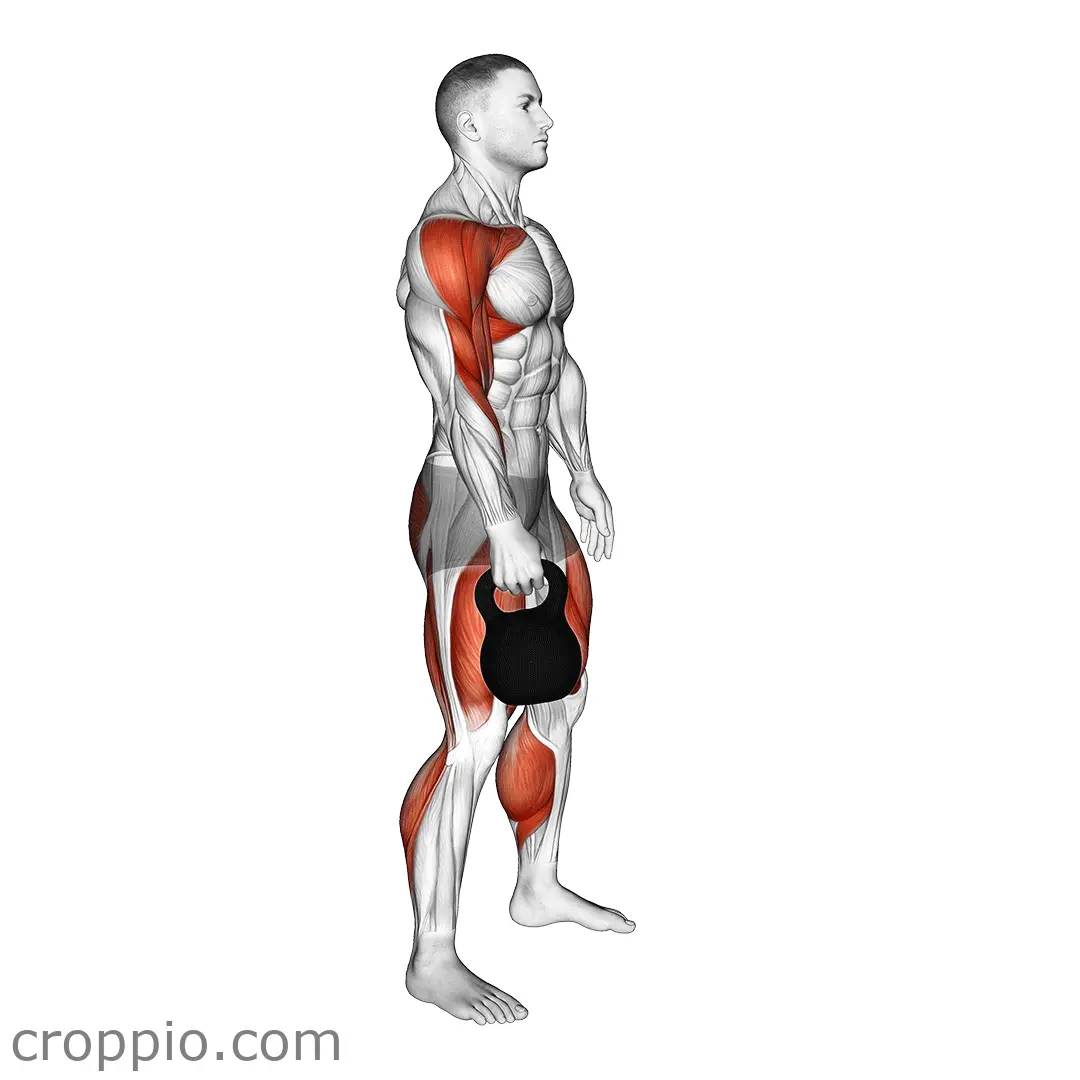Wall Walk Muscles
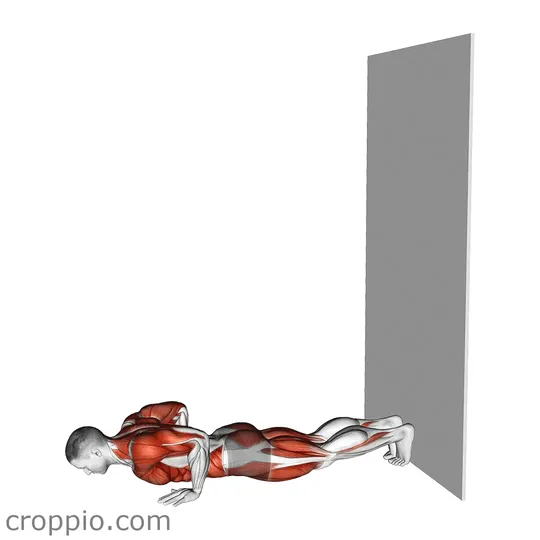
Muscles Involved
The wall walk is a dynamic exercise that primarily targets the upper body, specifically engaging the shoulders, arms, and core muscles. The key muscle groups involved include:
- Shoulders (Deltoids): These muscles are heavily recruited as you press your body upward against the wall.
- Triceps: The triceps help extend your arms during the walk, playing a critical role in supporting your body weight.
- Core (Rectus Abdominis and Obliques): Engaging your core is essential for stability and control throughout the movement.
- Latissimus Dorsi: These muscles assist in stabilizing your torso as you walk up the wall.
Top Mistakes
- Inadequate Core Engagement: Failing to engage your core can lead to excessive arching of the back, which increases the risk of injury.
- Incorrect Hand Position: Placing your hands too far from the wall or too close can result in an inefficient movement and potential strain.
- Lack of Control: Rushing through the movement or losing control can lead to falls or accidents.
Execution Tips
To ensure a safe and effective wall walk, follow these tips for proper form and technique:
- Start in a Plank Position: Begin with your feet against the wall and your body in a straight line from head to heels.
- Engage Your Core: Keep your core tight to prevent sagging or arching in your lower back.
- Walk Up Slowly: Move your feet up the wall while simultaneously bringing your hands closer to the wall. Maintain a controlled, steady pace.
- Keep Your Head Neutral: Look towards the ground to avoid straining your neck.
Workouts
The wall walk can be integrated into various workout routines. A suggested approach is:
- Sets and Reps: Aim for 3-5 sets of 3-5 wall walks, with ample rest in between to maintain proper form.
- Complementary Exercises: Pair wall walks with exercises like push-ups, planks, or hollow holds to enhance upper body and core strength.
Conclusion
The wall walk is a powerful exercise that not only strengthens the shoulders, triceps, and core but also improves overall body awareness and coordination. By incorporating this dynamic movement into your workout routine, you can enhance your body strength and stability, making it a valuable addition to any fitness regimen.
